This place has stolen my heart.

Karanou is the village where my father was born and lived until his twelfth birthday, and where my sister and I spent a part of our childhood’s and teenagehood’s summers….
When we were free spirits playing in the olive groves…..
finding paths in the oak forest and sharing secrets with our friends.
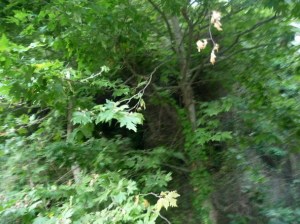
In this land nature amalgamates with the dream and memories and makes the village the sort of place that a child remembers for the rest of its life.

Moreover this magic land is highly fertile: olive groves, chestnut trees, fruit trees, grapevines, wild herbs, wild greens, vegetables, legumes grow in great abundance. In past wheat and barley were cultivated as well. Thus wild green, vegetables, legumes, cereals, olive oil, snails, black and semi- black bread, rusks, goat milk and goat cheese and lots of fruits had been the central part of the daily diet of the inhabitants until the early 1990s. A little fish (often dried), meat on days of religious celebration, weddings and baptisms as well as on every Sunday, one or two glasses of wine with the food, were also included.
Unfortunately, this diet has been changed in the two last decades. Younger people eat frequently and in large amounts animal base products, they seem to have replace the moderate use of wine with lots of tsikoudia and beer and they get less and less exercice. The change has already affected their general state of health. Overweight, heart attacks, cancers are not uncommon among them, while the older people live up 100 years.
The photo here is of my grandparents’s house.

Four are the characteristics of it: its age (it was built in 1876), its position (it sits on the top of a rocky hill and yes, the view is amazing), its ovens and the wine cellar.
Wine production for home consumption is a traditional activity in this area. This is the reason why wine cellars are a must-have for the houses. The wine is stored and aged in wooden barrels.
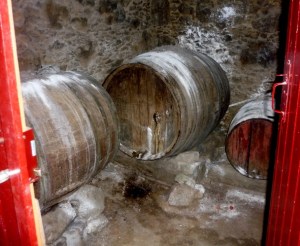
Directly fired wood –ovens (made with bricks or clay) are very common in the mountainous and semi-mountainous villages of Chania. However, the house has one of the largest in the area: its diameter is about 2,10 m. The entrance is above a double fire – place which is used as a source of heat, for roasting or for cooking in special occasions.

Both cooking fires are used simultaneously for the most ambitious of meals.
The second wood –oven is under the exterior ladder and has been built poorly, just in one day.

Its baking capacity is for one 40 cm baking pan. Its construction is simple: flat bricks were used for the floor and an igloo -shaped basket (gr. kofini) was covered with 3 different mixtures of clay (a:clay, lime and straws, b: broken bricks and clay, c: mixed clay with lime). Three- four days later, a large fire was built in the oven to dry it and burn the basket. After that, it was ready to cook for the first time. None-the-less, it lasts a good 30 years.
The third oven is an electric one.
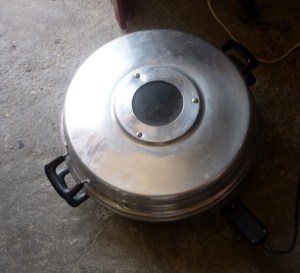
It cooks fast and is also necessary when the weather is windy and there is danger of fire. I think it’s an italian patent. It allows for some pleasures like small pies, stuffed vegetables, baked poultry or meatballs on a bed of sliced potatoes and zucchinis.
For the meatballs I used 800 gr minced meat (200 gr lamb, 300 gr pork, 300 gr beef), 250 gr stale bread, soaked in water and perfectly squeezed, 1 large onion finely chopped, ½ cup chopped tomato, 1 tbs red vinegar, salt and pepper.
The nature really offers a wide array of perfect options for flavoring: thymbre, thyme, oregano, fennel.
I chose to add leaves and flowers of fresh thyme.

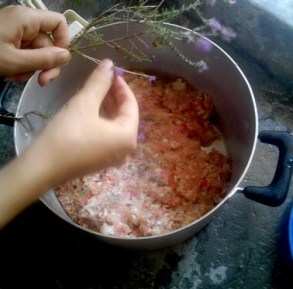
I dipped one of my hands in red wine while shaping the meatballs.


The aroma was fantastic!

And this is my shelter next to the front yard, made from the branches of two tall and strong turpentine trees (Pistacia Terebinthus). Under these trees I played many of my childhood’s games.

Their shade is perfect for morning coffee, writing and reading or spending relaxed time with family and friends.
By the way, the nuts of turpentines are almost ready for harvest.

If they are roasted, they can be used in village bread.
Wild blackberies are almost ripen…

oregano is almost dried…
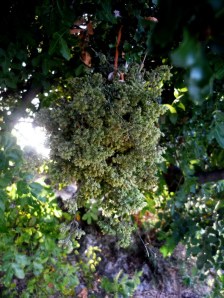
but we patiently wait to have walnuts,

chestnuts…

and quinces….

in late September.




























